This LED drive module exploded last night, as the result of an earthed (grounded) screw touching a capacitor leg. The breaker (fuse box) tripped, of course, due to earth leakage. That bit makes sense.
What I don't get is why there was a massive bang, a flash, tracks blown off the board and soot all over the place. Of course, this is not unusual in mains power faults, but in this particular case, the short appears to have been between neutral and ground.
I like to think I have a fairly good understanding of electricity, but given that neutral is connected to ground at the fuse box, I don't see how a large enough voltage should develop between the two (in this situation) to cause such devastation.
For bonus points, can you think of any good reason that a completely different piece of equipment (an electronic HDMI switchbox) should now be completely nonfunctional after the above incident? It was powered via an isolated wall-wart, and was completely unrelated to the device that exploded, other than being located within two feet of it.
Photos and (best as I can tell) the correct circuit diagram follow.




